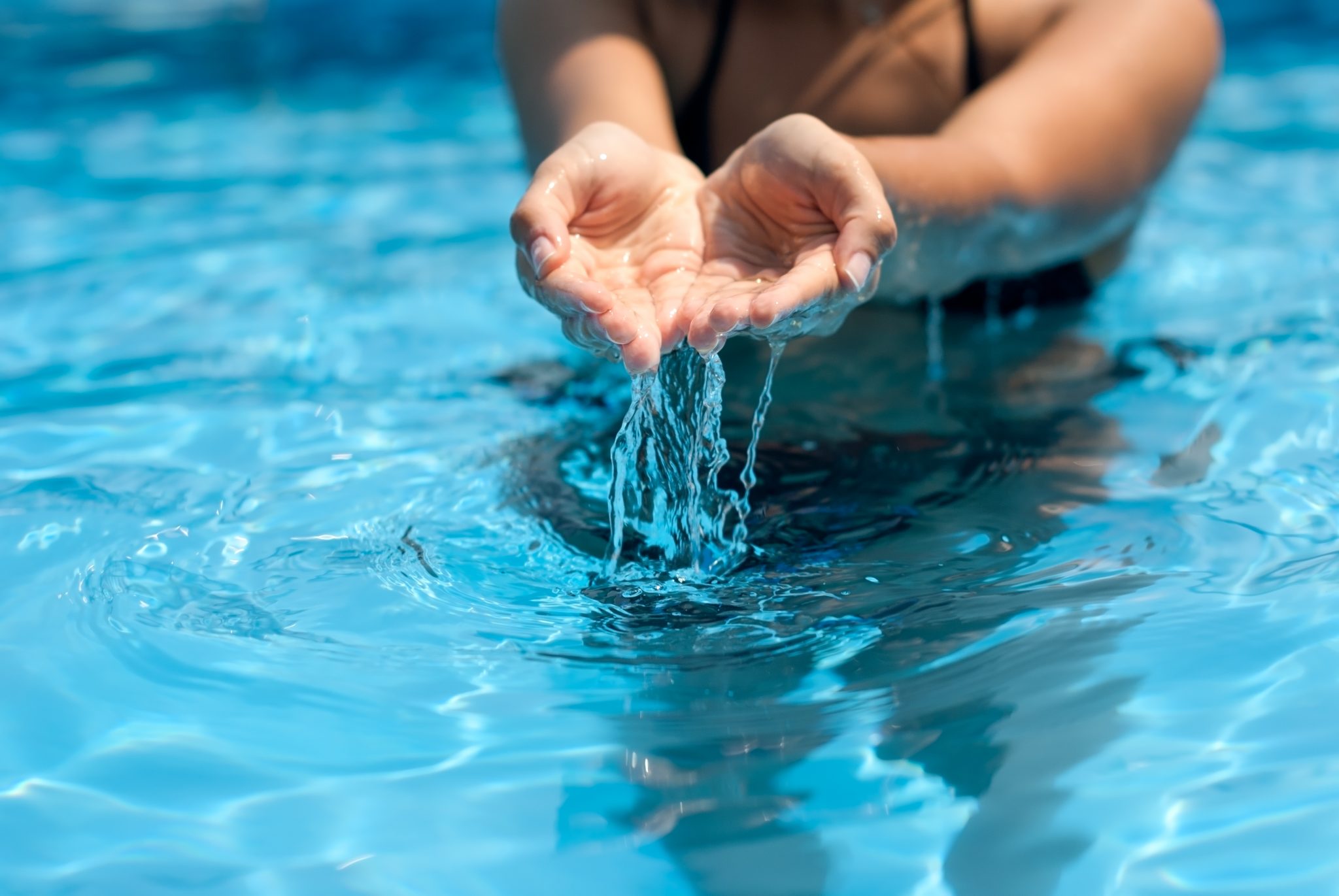Learn how to remove calcium from pool tile with our proven methods. Say hello to sparkling tiles and a rejuvenated pool with our step-by-step guide.
Uncover the best techniques and tips to eliminate calcium deposits from your pool tiles. Restore the beauty of your pool with these proven methods.”Unlock a Gleaming Pool! Learn How to Remove Calcium from Pool Tile. Dive In and Reclaim Your Pool’s Brilliance Today!”

“Revive your pool’s luster! Discover the expert guide on how to remove calcium from pool tile. Dive in and reclaim your pool’s brilliance today!”
Dangers of excessive calcium from pool tile
The globe and people can suffer from elevated calcium. High calcium levels may harm humans and the environment.
- Overdose Calcium Side Effects: Kidney Stones Calcium supplements and antacids can induce kidney stones. Calcium oxalate or phosphate crystals produce most kidney stones. Chemicals with high calcium content might cause painful kidney stones.
- Calcium helps your heart and muscles, but too much, especially from supplements, might hurt them. Numerous research demonstrates that calcium supplements raise heart attack and cardiovascular event risk. Calcium, magnesium, and vitamin D must be balanced for heart health.
- Effects of Calcium Ecological pollution
- Calcium ions pollute water. Though safe to people, it may damage structures. Calcium deposits from hard water limit plumbing and electrical system life. Lathering requires more water and soap or detergent.
- High soil calcium levels hinder agricultural development, therefore contaminated soil is a problem. Numerous plants suffer in alkaline or salty soil. It endangers food and agricultural output.
- Marine and coastal ecosystems Calcium overload in freshwater is harmful. Calcium-rich lakes and rivers with toxic algal blooms damage fish and humans.
- Coral reefs are fragile ecosystems that need saltwater calcium and carbonate ions to grow. Water calcium excess may inhibit coral development and bleaching.
How can calcium deposits form in swimming pools?
Knowing the Offenders
Calcium accumulation in pools is frequent and can detract from their attractiveness and functionality. Understanding the causes is essential to solving this issue. We examine the primary causes of calcium deposits in pools here.
- Higher calcium hardness:
High calcium hardness in pool water causes calcium accumulation. Water calcium hardness is the concentration of dissolved calcium ions. Calcium scaling on pool tiles and interior can occur when calcium hardness surpasses 200 to 400 parts per million (ppm).
- High pH:
Calcium accumulation in pool water can be caused by high pH. Balanced water pH is 7.4–7.6. Too much alkaline pH can precipitate calcium ions from the water, producing scale on pool surfaces.
- High Total Alkalinity:
Calcium accumulation might worsen with high total alkalinity. Total alkalinity measures water’s pH resistance. As indicated, excessive total alkalinity can make pH maintenance difficult, causing calcium scaling.
- Hot and Evaporating:
Hot climates can cause pool calcium accumulation. As pool water evaporates owing to heat, dissolved minerals, particularly calcium, rise. This high concentration can precipitate calcium ions on pool surfaces.
- Water Chemistry Mismatch:
High calcium, pH, and total alkalinity in your pool can lead to calcium accumulation. Calcium scaling on pool tiles, grout, and other surfaces increases when these elements interact.
- Hard Water:
The source of your pool water might affect calcium accumulation. Calcium scaling may occur more often in hard water pools, which contain more calcium and other minerals.
Calcium buildup prevention
After reviewing the main reasons for calcium accumulation in pools, prevention is usually recommended. Keeping your pool’s calcium hardness, pH, and total alkalinity levels in check helps lessen the possibility of calcium deposits. Preventive treatments include water softeners and pool water pre-treatment to lower calcium levels in hard water.
Removing Calcium from Pool Tile: A Definitive Guide
A pristine, sparkling swimming pool is the crown jewel of any backyard oasis, but over time, unsightly calcium deposits can mar the beauty of your pool tiles. Whether you’re a seasoned pool owner or just diving into the world of pool maintenance, knowing how to remove calcium buildup from your pool tile is essential.
In this comprehensive guide, we’ll walk you through effective methods, share valuable tips, and provide insights into the best products to restore your pool’s radiant shine.
Review of Common Calcium Removal Methods
Calcium deposits on your pool tiles can be quite stubborn, but with the right approach, you can make them vanish like they were never there. Here, we’ll review some of the most commonly used methods for removing calcium buildup from pool tiles.
Buying Guide for Pool Calcium Removers
Not all calcium removal products are created equal, and choosing the right one can make all the difference in your pool tile restoration journey. In this buying guide, we’ll highlight key factors to consider when selecting a calcium remover, recommend top-rated products, and provide tips for cost-effective solutions.
How to Remove Calcium from Pool Tile – Step-by-Step Guide
Now, let’s dive into the heart of the matter. In this section, we’ll walk you through a step-by-step guide on how to remove calcium from pool tiles, ensuring your pool regains its original luster.
- Assess the Severity of Calcium Buildup
Before you begin, it’s essential to assess the extent of calcium buildup on your pool tiles. Understanding the severity will help you choose the most appropriate removal method. - Gather the Necessary Tools and Supplies
To effectively remove calcium deposits, you’ll need specific tools and chemicals. We’ll provide a detailed list of what you’ll need to have on hand. - Choose Your Calcium Removal Method
Depending on the extent of buildup and your preferences, you can opt for mechanical methods, chemical solutions, or a combination of both. We’ll explore each option in detail. - Protect Your Pool and Yourself
Safety first! We’ll explain how to protect your pool’s finish and ensure your own safety during the calcium removal process. - Execute the Calcium Removal Process
Follow our step-by-step instructions for the chosen removal method, whether it involves scrubbing, using chemicals, or employing specialized tools. - Rinse and Inspect
After removing the calcium deposits, it’s crucial to thoroughly rinse the pool tiles and inspect your work to ensure no residue remains. - Prevent Future Calcium Buildup
Learn how to implement preventive measures to minimize the recurrence of calcium buildup on your pool tiles.
The Best and Most Conveniently Maintained Pool
In conclusion, maintaining the pristine beauty of your pool tiles requires diligence, the right tools, and the knowledge of how to remove calcium deposits effectively. By following our step-by-step guide and considering the tips in our buying guide, you’ll be well-equipped to tackle calcium buildup and keep your pool looking its best.
Remember, regular maintenance and preventive measures are key to prolonging the life of your pool tiles and ensuring a crystal-clear swimming experience. Don’t let calcium deposits take away from the enjoyment of your pool—take action today to restore its natural brilliance!
See more:
